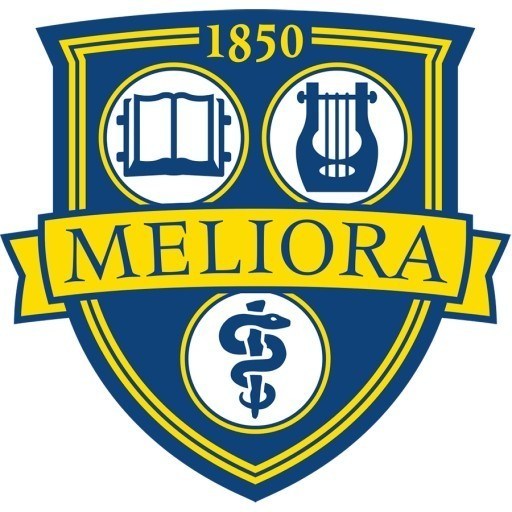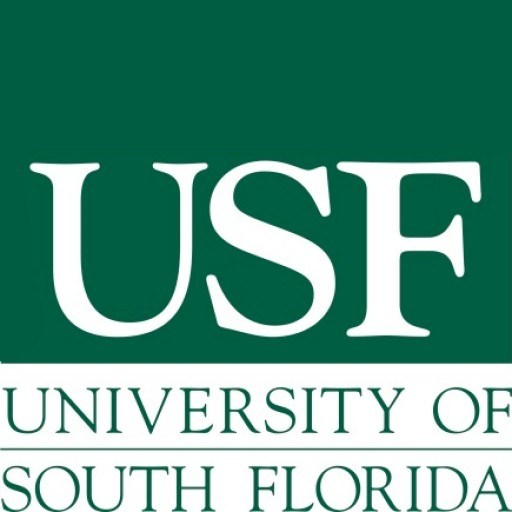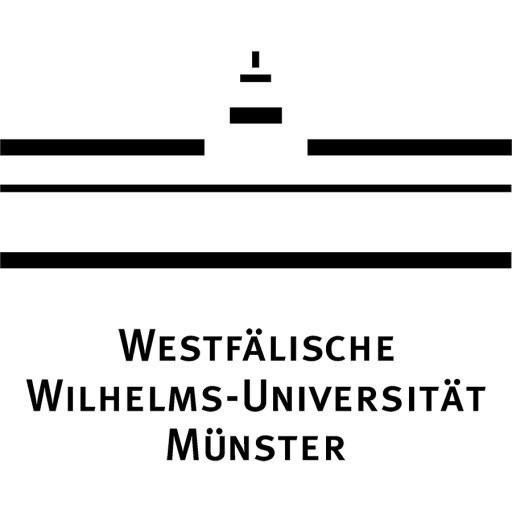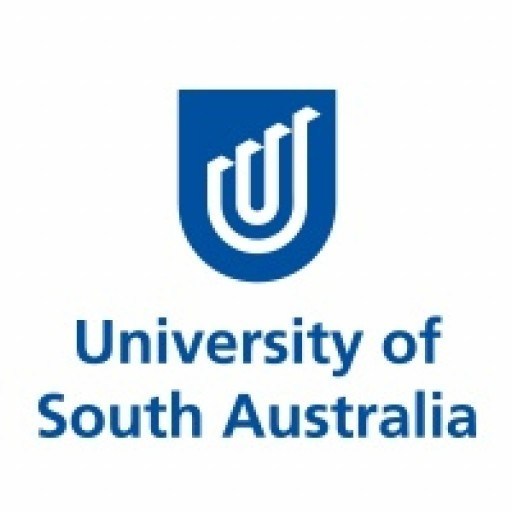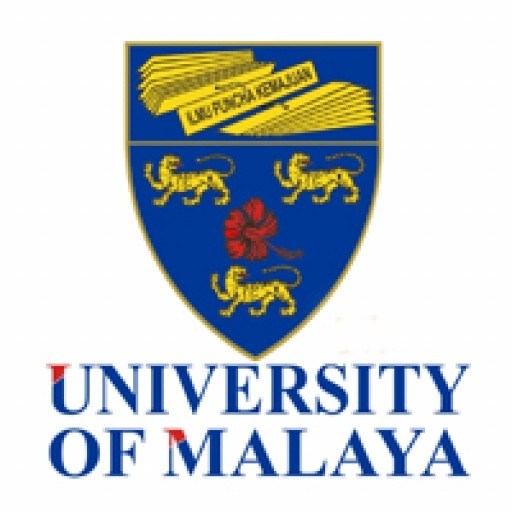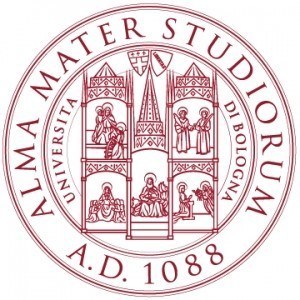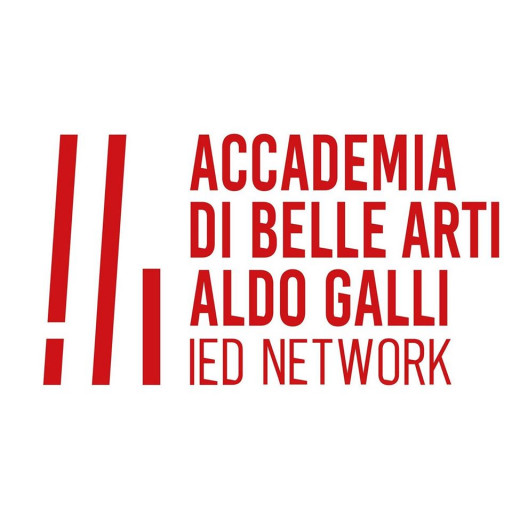Photos of university / #urochester
Housed in the Department of Art and Art History, the Program in Visual and Cultural Studies offers an interdisciplinary doctoral degree drawing on coursework and faculty expertise in several University of Rochester humanities departments.
Because the primary faculty work in Art and Art History, Film Studies, Modern Languages and Cultures, and Anthropology, students are able to relate literary and cultural theory to visual culture, and to investigate the connections between cultural productions, critical theory, and society. Students may also take courses in such departments as History, English, Music, and Philosophy.
Students pursuing a doctoral degree are required to fulfill ninety credit hours of study, including sixty credit hours of coursework (normally fifteen classes) and thirty credit hours in Ph.D. research.
Coursework is composed of:
- The Colloquium in Visual and Cultural Studies (required for first-year students)
- Four core courses in critical theory
- Four core courses in visual studies
- Six electives
Coursework will normally require five semesters of study. Students are required to take a language examination, usually in a language that will be relevant to their research, and it must be successfully completed before the Qualifying Examination.
After completing the ninety credit hours of study, students take the Qualifying Examination. Under the supervision of a faculty committee (two from the VCS Program and at least one from outside the Program), students prepare for their Qualifying Examination.
Preparation includes:
- A prospectus outlining their dissertation project, a summary of what will be covered, and a description of each chapter.
- A comprehensive bibliography, divided into sections representing the main body of literature that have informed the student's thinking.
- A draft chapter of the dissertation.
The student then meets with the faculty committee to discuss the dissertation project, their previous coursework, and general reading. Following the completion of the examination, the student presents his or her work to the other graduate students in a special seminar.
Students work closely with their advisor and other committee members on the research and writing of their dissertations, submitting draft chapters regularly in order to get feedback and suggestions. Work on the dissertation may take two or more years after the completion of the examination, depending on whether the student can work full-time on it or not.
Core Theory Courses
- THE MODERN CITY
- SENIOR SEMINAR: FIGURE, SHAPE, SELF
Core Visual Studies Courses
- THINKING THROUGH THE COPY
- ART AND ENVIRONMENT
- HISTORY OF PHOTOGRAPHY: 1839-1915
- FILM HISTORY: 1929-1959
- IMPRESSIONISM & POST-IMPRESSIONISM
- CLOCKS AND COMPUTERS: VISUALIZING CULTURAL TIME
- CONTEMPORARY CHINESE ART
- ATOMIC CREATURES: GODZILLA
- HAYAO MIYAZAKI AND PLANET GHIBLI
- LATIN AMERICAN FILM
ELECTIVES
- THE ART MARKET
- CULTURE ON DISPLAY
- CHINESE SOCIETY AFTER MAO
- ANXIETY, IDENTITY, FANTASTY: TOPICS IN "TRADITIONAL" JAPANESE CULTURE
- THE MONSTROUS FEMININE
- MEDIEVAL OTHERWORLDS
- METAPHYSICAL POETRY
- NINETEENTH-CENTURY BRITISH NOVEL
- STUDIES IN NINETEENTH-CENTURY LITERATURE
- AMERICAN REALISTS
- AFRICAN AMERICAN AUTOBIOGRAPHY
- THE GREAT WAR REVISITED
- AUTHORS, EDITORS & THE LITERARY MARKETPLACE
- FILM HISTORY: EARLY CINEMA
- THE MATTER WITH MEN IN FILM AND SOCIETY
- STUDIES IN TRANSLATION
- SARTRE & HEIDEGGER
- BAUDELAIRE: “LES FLEURS DU MAL”
- MICROHISTORY
- HISTORY OF ADVENTURE
- SLAVERY IN LATIN AMERICA
- WOMEN’S LIVES AND LETTERS, AMERICA 1830-1880
- AMERICA AND THE WORLD TO 1865
- AMERICAN HEALTH POLICY & POLITICS
- MODERN JAPANESE LITERATURE IN TRANSLATION
- SOCIAL & POLITICAL PHILOSOPHY
- THEORY OF KNOWLEDGE
- DARWIN & RELIGION
- DEONTIC AND EPISTEMIC MODALITY
- READING FABLES & TELLING TALES IN EARLY MODERN SPAIN
- (RE) WRITING GENDER IN SPANISH-AMERICAN LITERATURE
Requirements
- Three letters of recommendation (uploaded to the application per instructions)
- Official transcripts (minimum GPA is 3.0)
- Curriculum vitae
- Official GRE and TOEFL (or IELTS) test scores should be uploaded to the application and official copies should be mailed to the University for verification
- Other than the test scores, documents that are uploaded do not need to be mailed to the department
- The GRE General Test is required and should be taken in time for the admissions committee to receive score results by the January 1 deadline. We look for applicants to score at least a 145 on the Verbal, a 158 on the Quantitative, and a 3.0 on the Analytical Writing. The institution code is 2928 and the department code is 1603.
- All foreign applicants whose native language is not English must take the TOEFL and achieve a minimum score of 250 for the computer-based test (CBT), 600 for the paper-based test (PBT), or 100 for the Internet-based test (IBT), unless they are graduates of a US undergraduate program. IELTS scores can be accepted in place of the TOEFL with a minimum score of 7.0.
Want to improve your English level for admission?
Prepare for the program requirements with English Online by the British Council.
- ✔️ Flexible study schedule
- ✔️ Experienced teachers
- ✔️ Certificate upon completion
📘 Recommended for students with an IELTS level of 6.0 or below.
Scholarships
Tuition scholarships are offered to most doctoral candidates, for their coursework and research credits. In addition, the Visual and Cultural Studies Program awards teaching and research assistantships to all students in the Program for their first four years of study. (The current stipend is $18,000 per annum per student.)
Fellowships
There are also certain University fellowships for which students may be nominated. The University awards Sproull Fellowships and Provost's Fellowships on a competitive basis, for up to two years. The Susan B. Anthony Institute for Gender and Women's Studies offers small research and travel grants to graduate students working in the area of women's studies.
The University can also nominate students for awards and fellowships, including the Samuel H. Kress Fellowship, administered by the Center for Advanced Study in the Visual Arts at the National Gallery of Art in Washington, DC.
